A grizzly screen is a sturdy screen with perforated plates used for primary screening material before fragmentation. Grizzly screens, sometimes called rock grizzlies or rock screeners, are static rock separators used to pre-screen bulkier loads. They are set on an incline where huge material, which could damage the screen if allowed to pile on top of it, is slid out of the way.Read More…
ERIEZ is a global manufacturer of an entire range of vibratory feeders and related machinery. We serve all the process industries, including food, chemical, pharmaceutical, ceramics, glass, packaging, metalworking, minerals processing and others.

Rodix manufactures vibratory feeder controls, inline track drives, drive bases, & bulk storage hoppers for part feeding systems. Our line of vibratory feeder controls feature variable amplitude, variable frequency, line-voltage compensation, UL/cUL Listed, CE Marked, and more. We have experience working with machine integrators, vibratory feed system builders, and manufacturers.
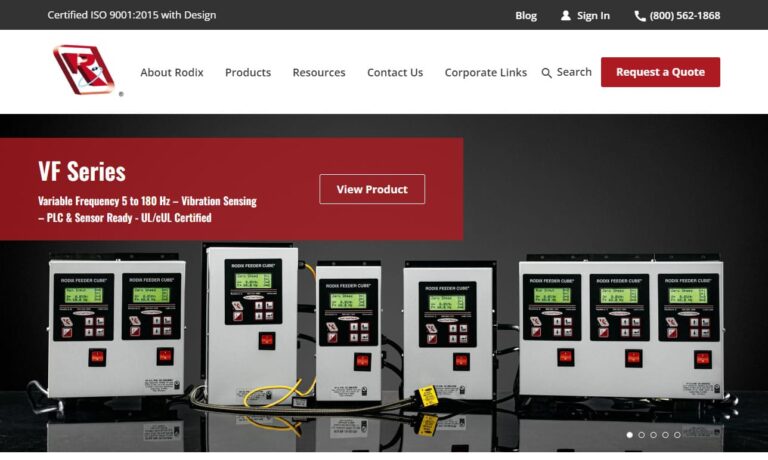
PPM Technologies Holdings, LLC is an innovative industry leader in the vibratory feeder industry. Our main focus has always been to provide our customers with high-quality products with the exact specifications for their needs. With our wide range of products, we are able to serve various industries.
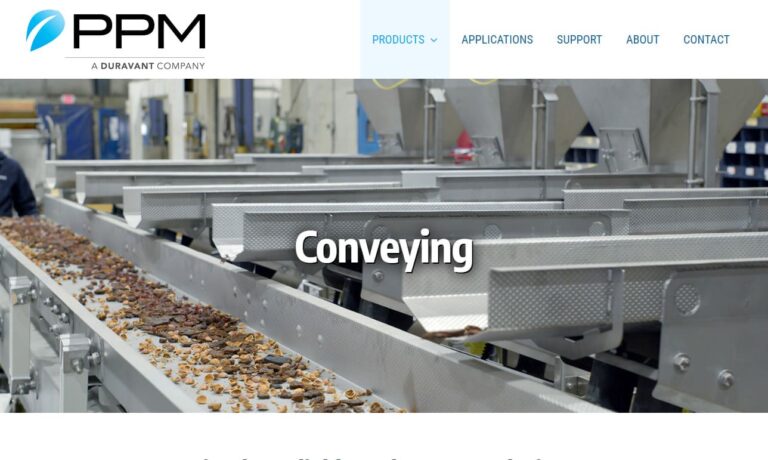
If you are in need of quality vibratory feeders, we can help you out! At Hoosier Feeder, our philosophy is simple. We aim to put our customers first, get their requests right on the first try, communicate with them every step of the way, and deliver their products on time. We have experience working with a wide range of industries such as pharmaceutical, automotive, and food and beverage. For...

M&S Automated Feeding Systems creates parts feeders built and tested to each customer’s specific application. Fully equipped to design, fabricate and service a complete range of quality feeding equipment and specialized parts handling systems, including vibratory controls, conveyors, custom mechanisms, centrifugal feeder bowls, hoppers, vibratory inline feeders, sealing and vision systems.

More Grizzly Screen Manufacturers
The grizzly screen has a limitation in the maximum size of rocks it can handle. A grizzly screen is a robust screen suitable for tough materials and high-capacity applications. Grizzlies used in a grizzly screen are made from high-strength, wear-resistant metal sheets or high-manganese casted steel. Grizzly screens are capable of handling both dry and wet materials. Grizzly screens can handle materials like ore, minerals, large stone, gypsum, and foundry materials. A grizzly screen consists of a screening body connected to a tray and the vibrating screen, which has a feed box at the base of the tray where the materials enter through.
How a Grizzly Screen Functions
They are equipped with perforated, or grizzly plates, mounted diagonally over their base. Grizzly screens have two grizzly sections allowing them to undergo operation under tough conditions. Viibrators (either electromechanical or electromagnetic) are placed at intervals under the screening body. The screens are mounted on a structural framework supported by a suspending device (either steel coil springs or leaf springs). The springs serve the purpose of being shock absorbers and, at the same time, ensure that vibrations occur at a natural frequency.
Grizzly Screen Installation
When installing a grizzly screen, the grizzly bars are held by spacers at varying openings that depend on the sizes of particles or materials being screened. A tray is connected to a screening body where materials enter. A feed box is installed at the base of the tray, which vibrates. The vibration is caused by the insertion of electromechanical and electromagnetic vibrators placed underneath the body at intervals. The electromagnetic vibrators are inserted to provide a smooth conveying motion.
Steel coil springs and leaf springs are mounted on the structural framework supported by a suspending device. To ensure that materials are vibrated in a specified direction, an electric motor should be attached and installed to the structural framework.
Types of Grizzly Screens
The different types of grizzly screens include:
Linear-Motion Grizzly Screens:
Linear-motion grizzly screens are best for scalping ahead of using primary cone crushers in the mining industry. A linear-motion grizzly screen has been designed with the main aim of removing fine particles from the feed before primary crushing occurs.
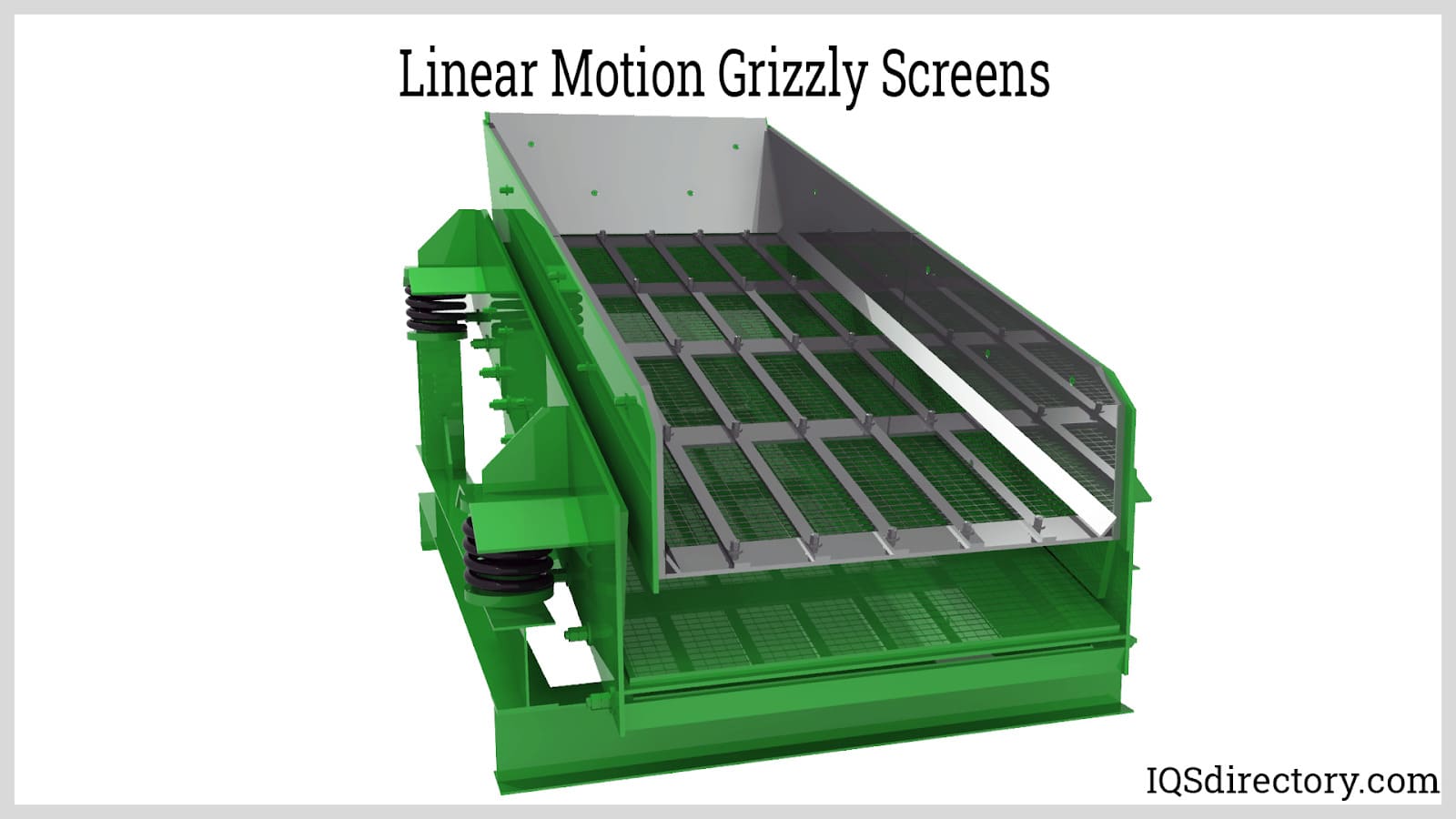
These screens can be combined along with table feeders when high capacities and heavy loads are required. The vibrator consists of two shafts with jogged gears that rotate and produce an enormous linear power, forcing the feeder to vibrate.
Circular Motion Screens:
Circular motion grizzly screens work best for the fine pre-screening or post-screening of heavy-duty medium screen operations. They are primarily used in bulk material handling for heavy-duty screening of undersized particles. This type of screening is commonly used in construction, foundry, industrial, recycling, and mining applications.
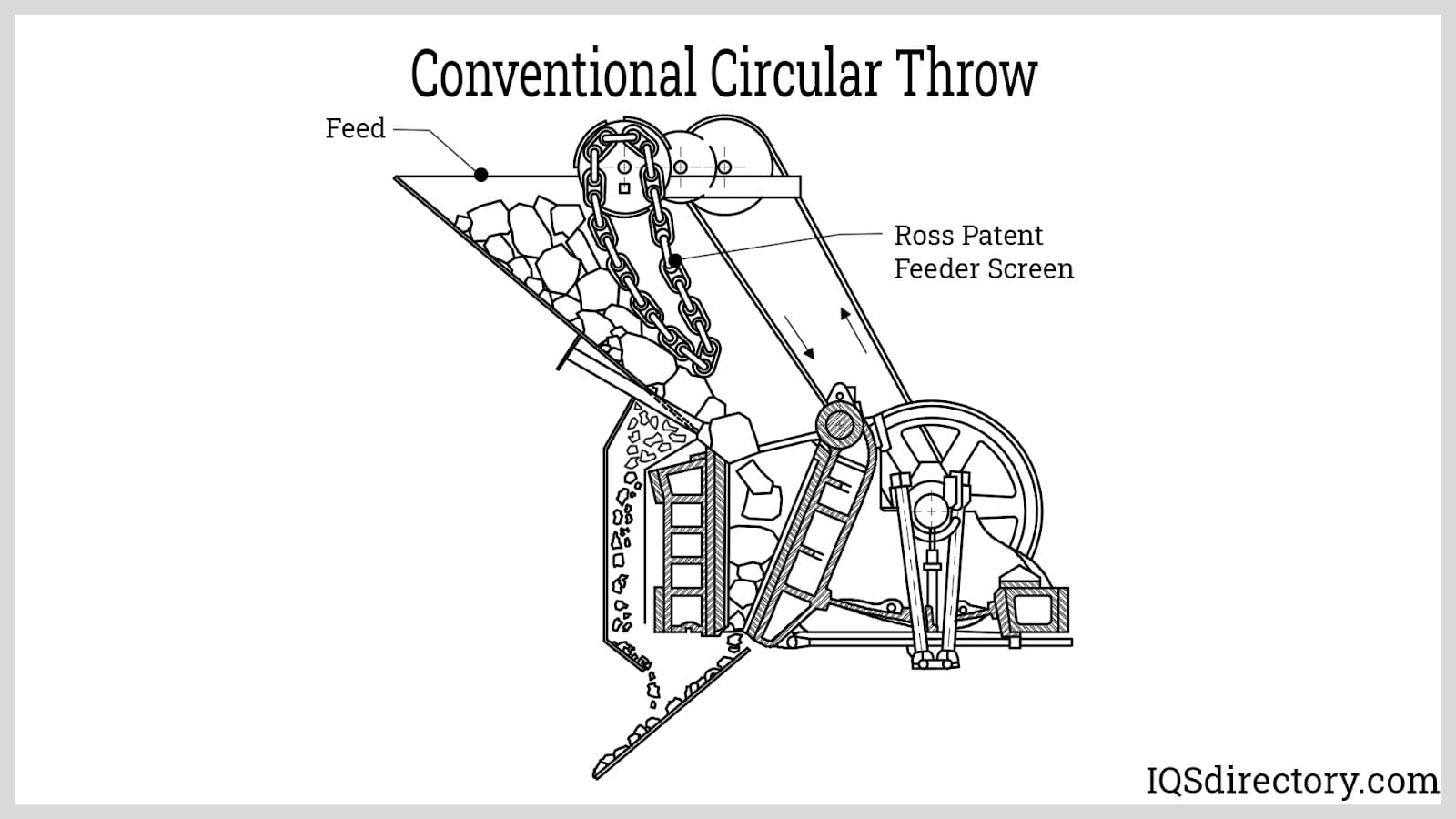
Circular motion in conventional circular throws is made possible by the use of shafts, couplings, and roller bearings.
Applications of Grizzly Screens
- Grizzly screens have the ability to handle dry and wet materials, providing numerous applications for warehouses and industries.
- Grizzly screens can ensure the staying of large materials on the screen by providing additional height because a single unit can handle multiple sizing decks.
Benefits of Grizzly Screens
- Grizzly screens are efficient compared to topsoil screeners since they can be fed with large rocks and debris.
- Grizzly screens are less costly compared to other screens as they do not require a lot of maintenance.
- Grizzly screens are available in various sizes making them efficient for several uses.
- Grizzly screens have grizzly bars which help handle the impact of huge materials that might damage the soil screener.
- Grizzly screens are able to cull larger particles, resulting in the pile of oversized material on the ground instead of the screen.
- A grizzly screen is a self-cleaning tool that speeds up production.
Choosing the Proper Grizzly Screen Supplier
To make sure you have the most positive outcome when purchasing grizzly screens from a grizzly screen supplier, it is important to compare at least 4 companies using our list of grizzly screen suppliers. Each grizzly screen supplier has a business profile page that highlights their areas of experience and capabilities and a contact form to directly communicate with the supplier for more information or request a quote. Review each grizzly screen business website using our proprietary website previewer to get an idea of what each business specializes in, and then use our simple RFQ form to contact multiple grizzly screen businesses with the same form.

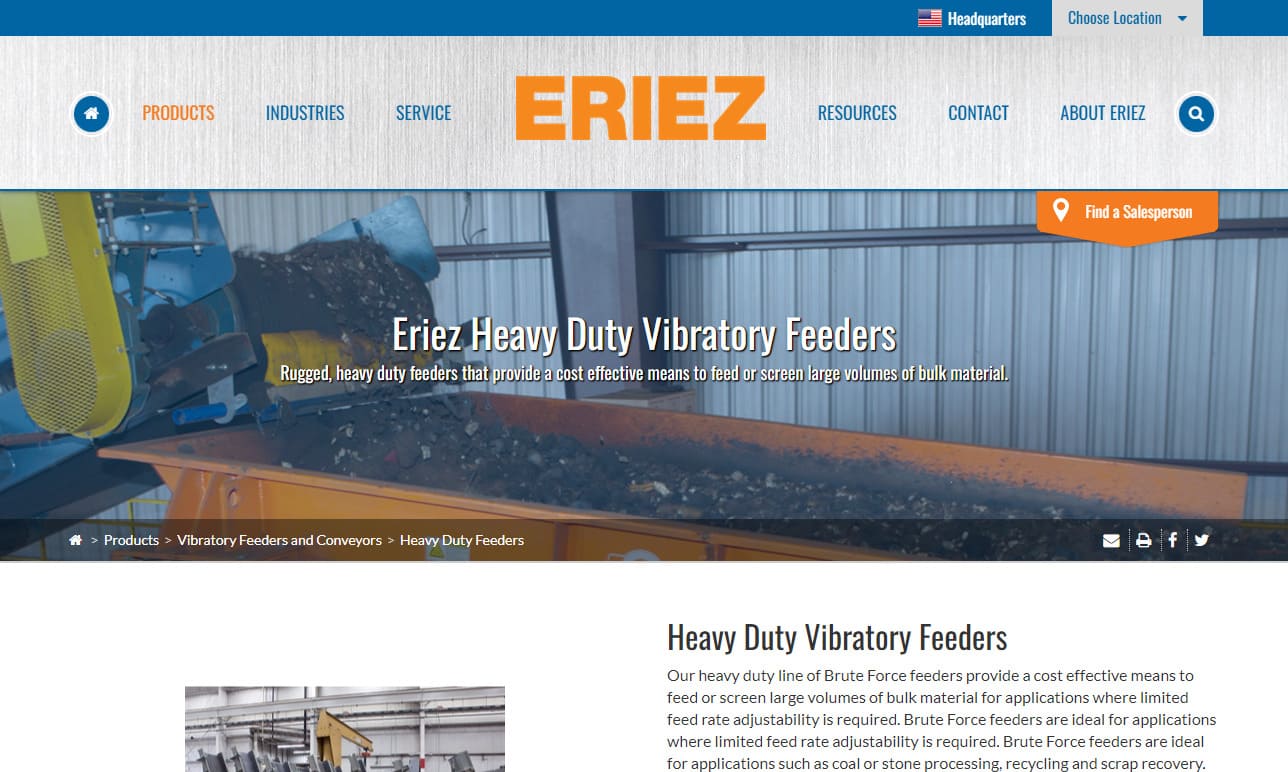
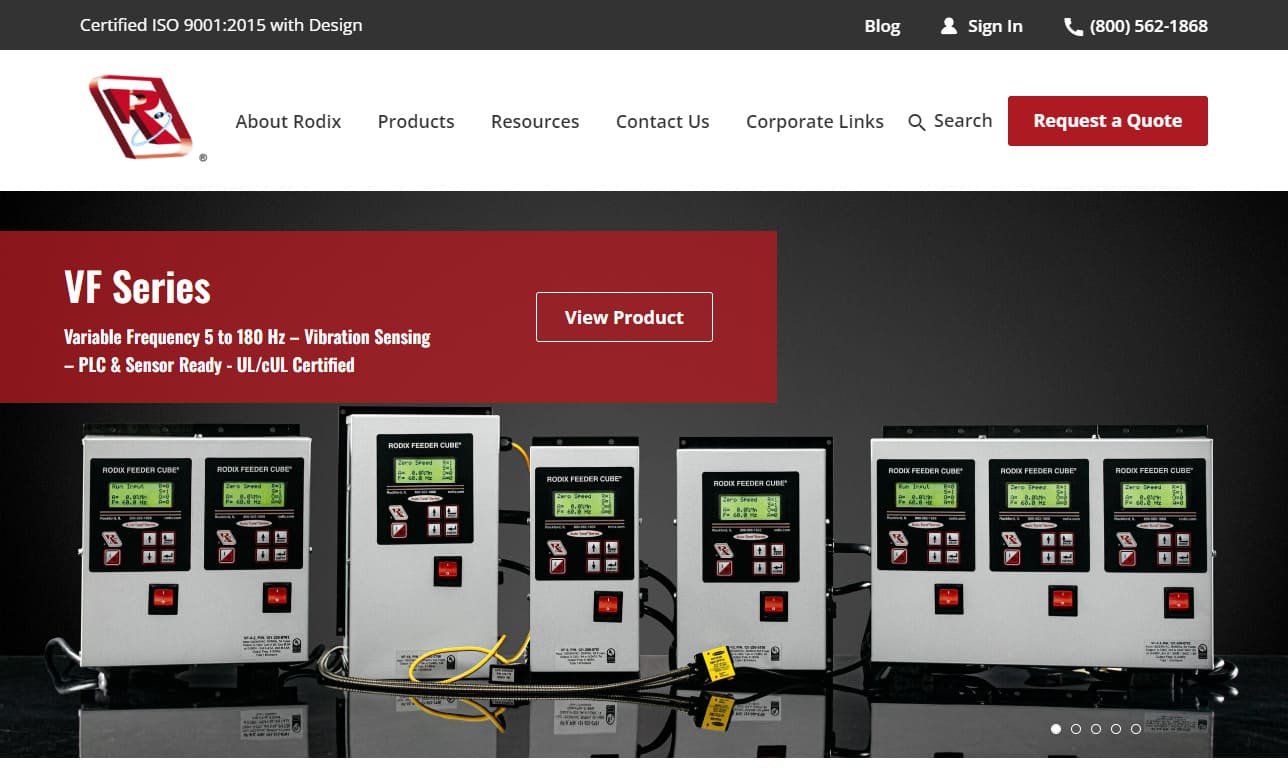
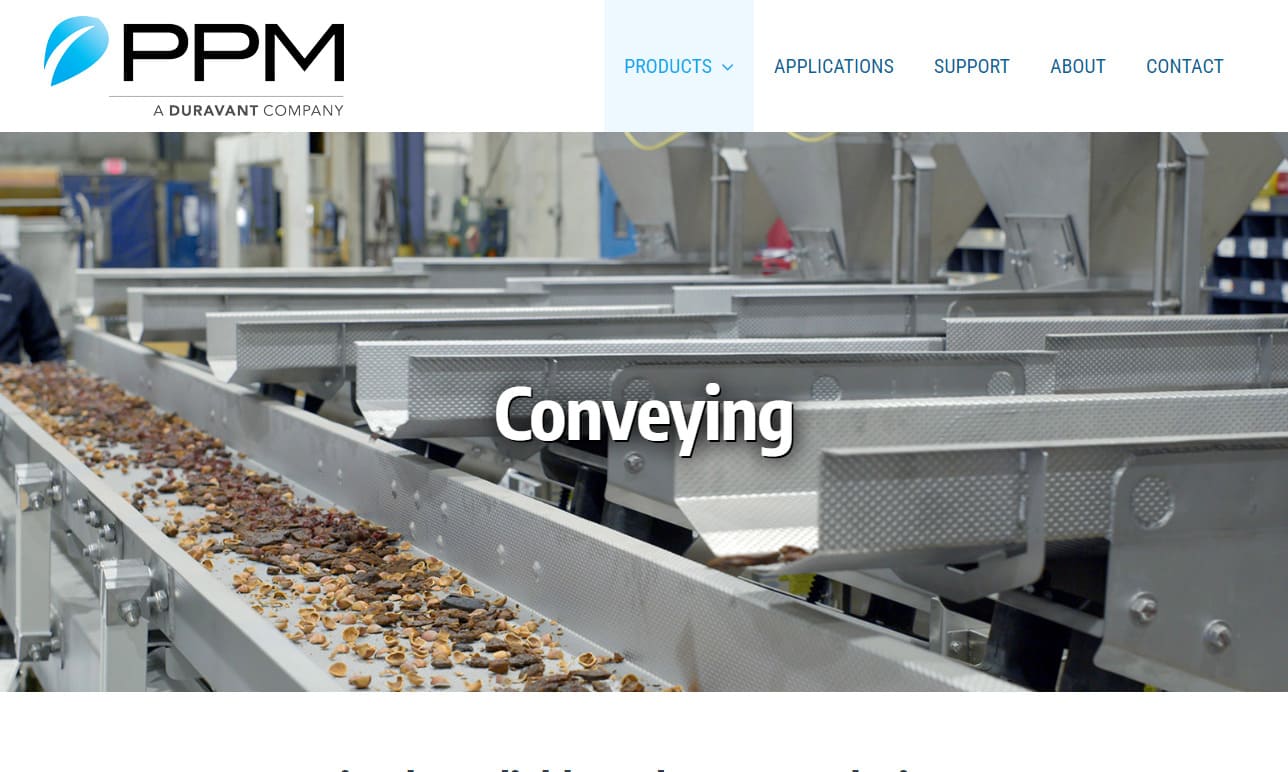


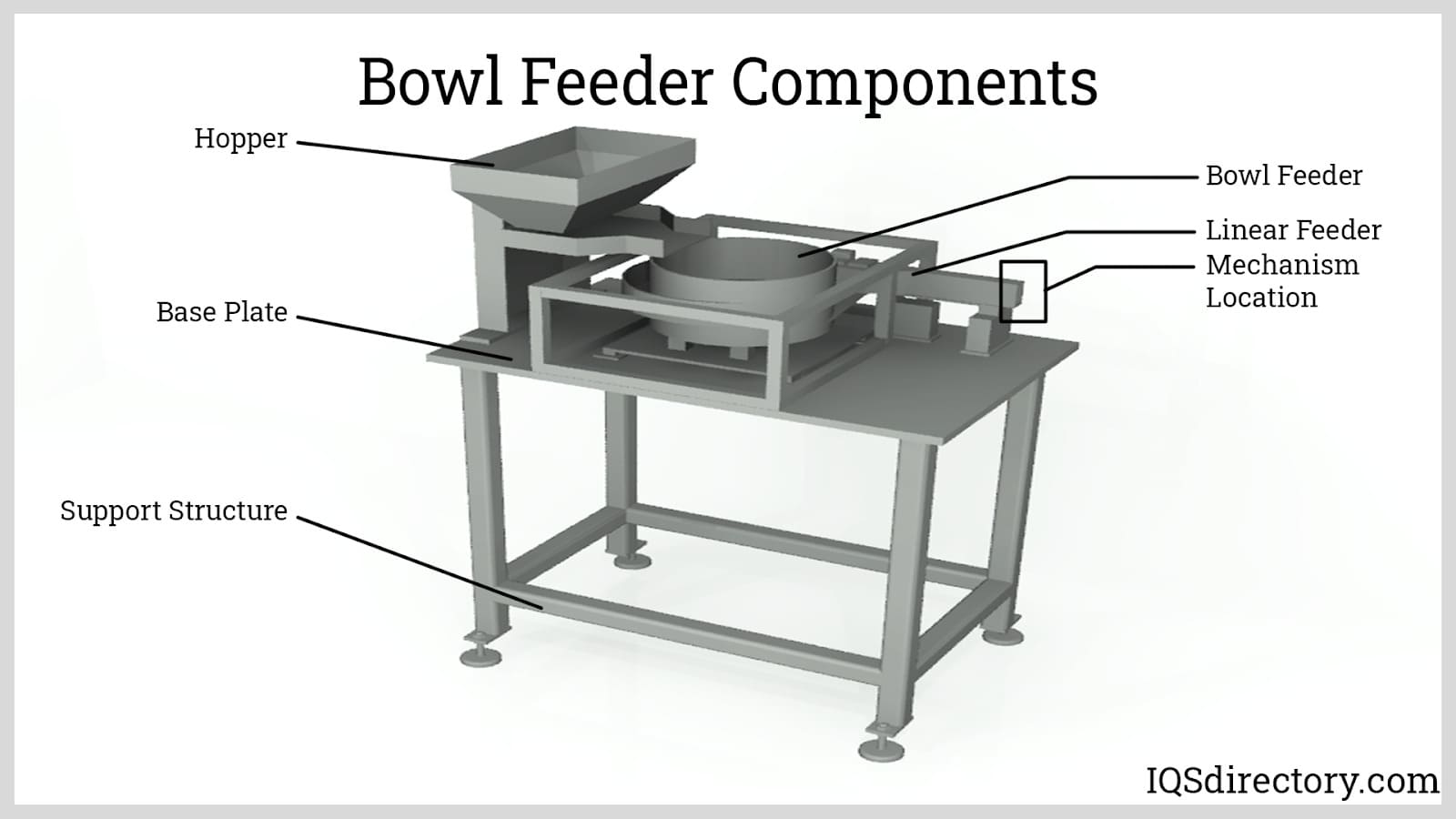
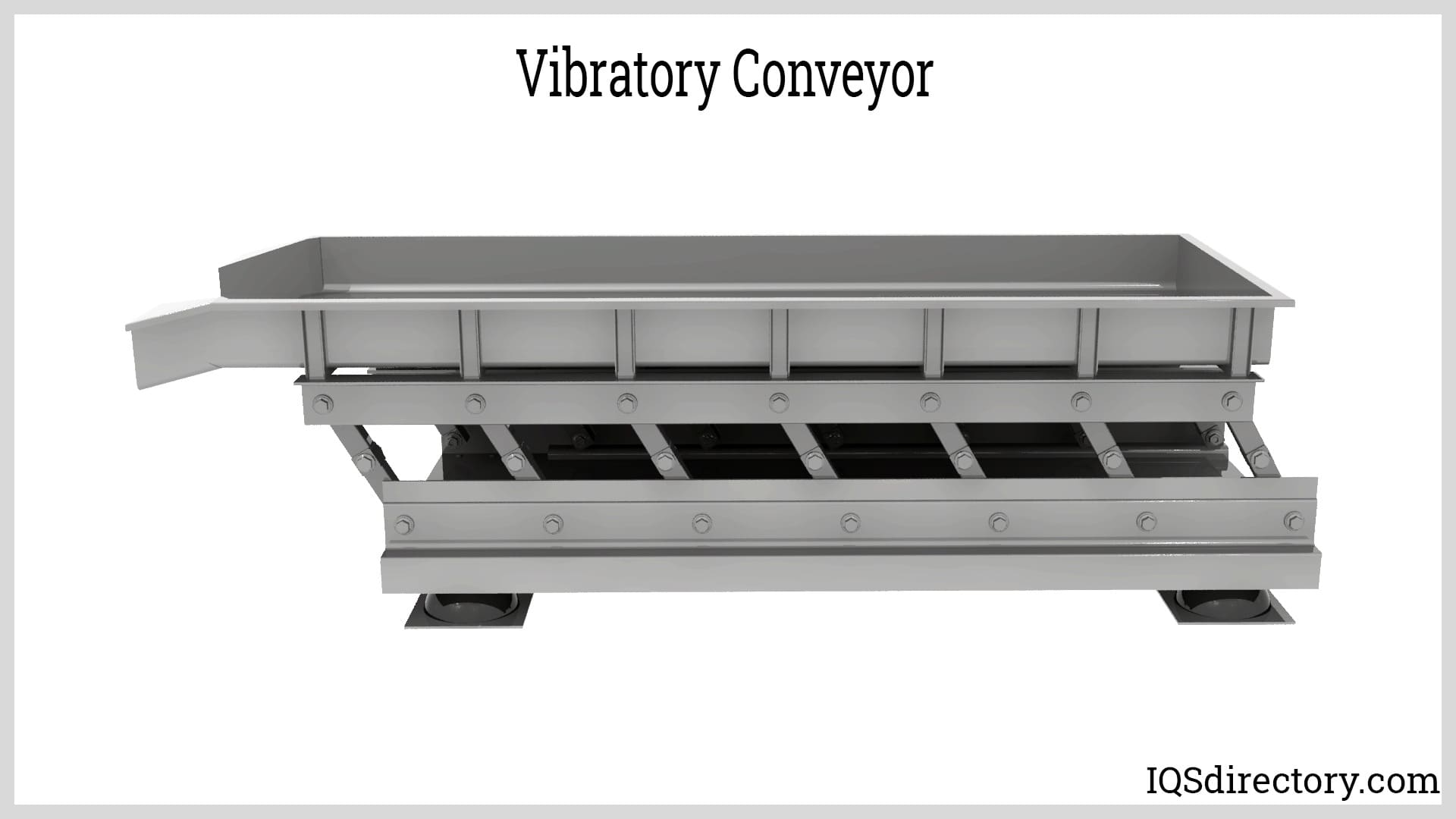

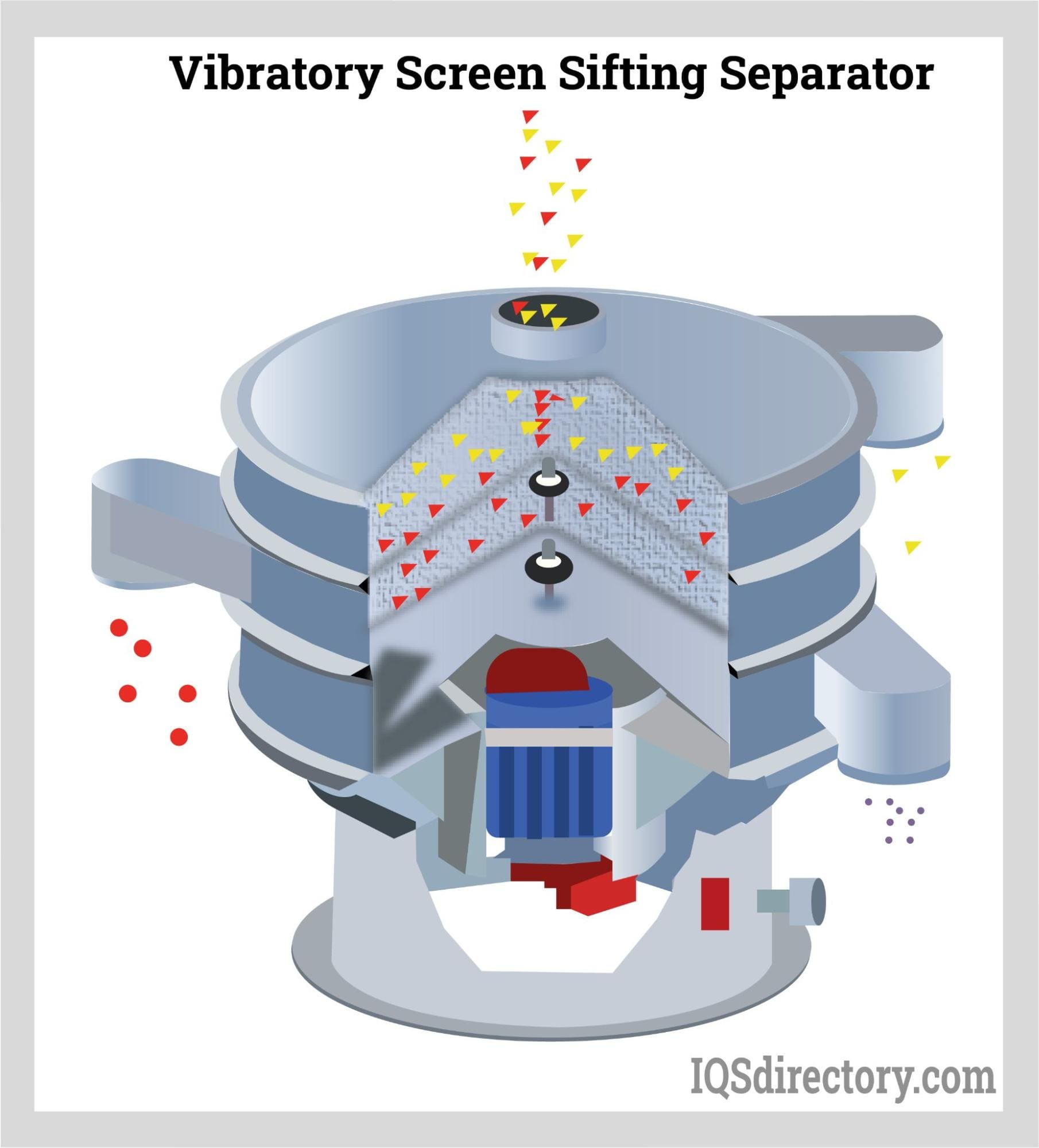
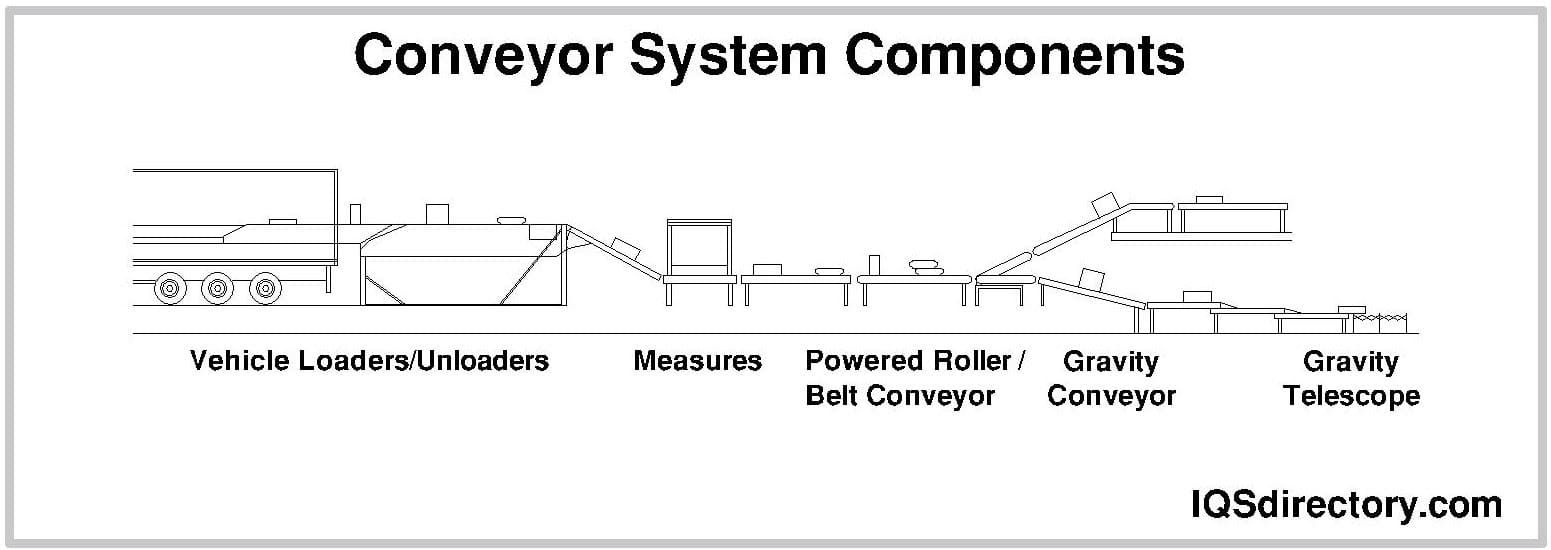
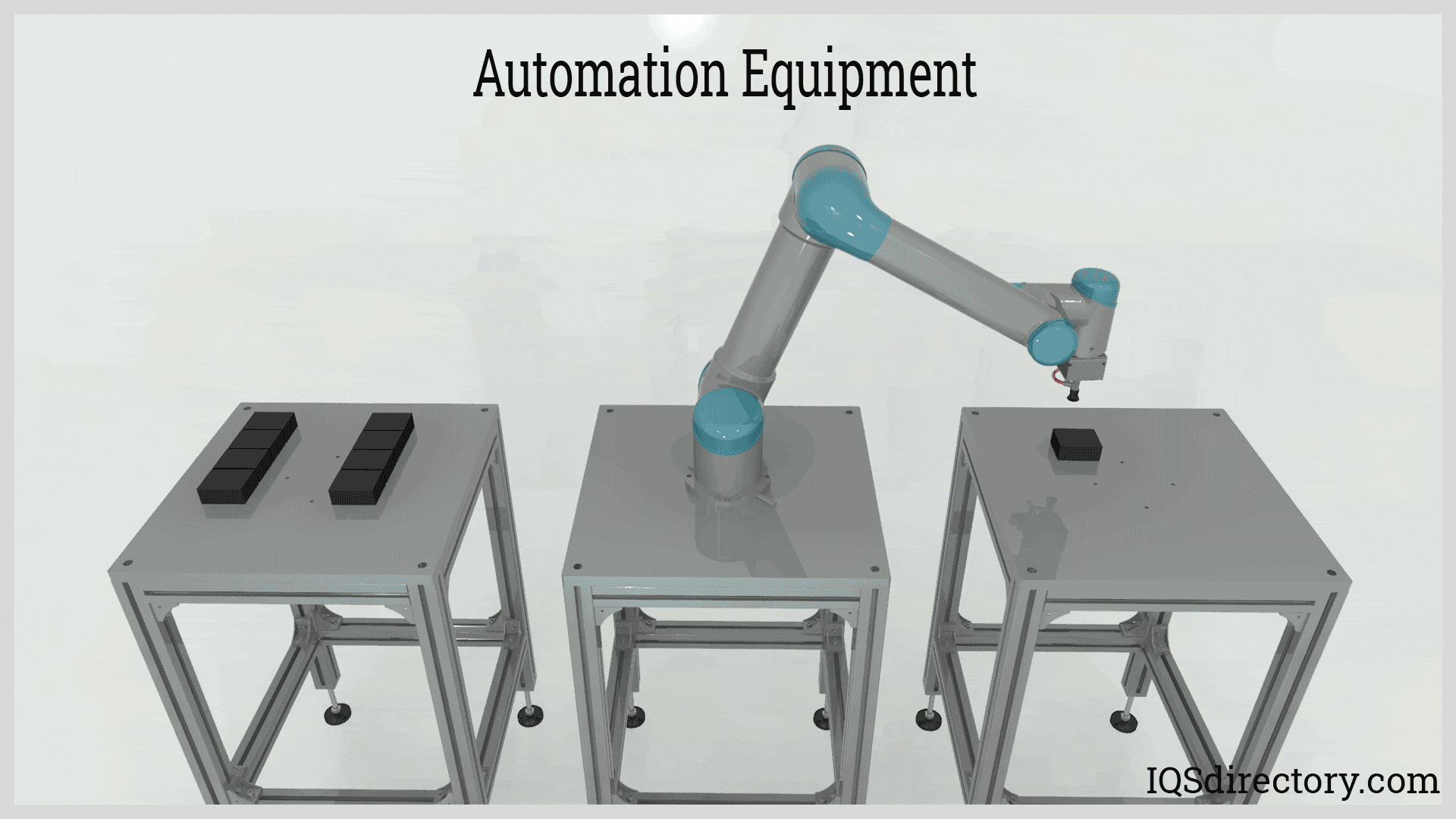
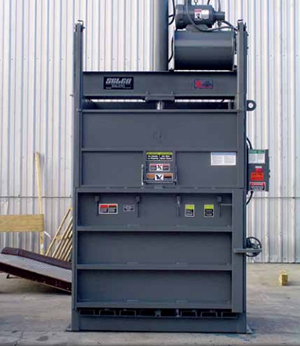 Balers
Balers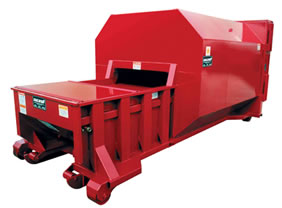 Compactors
Compactors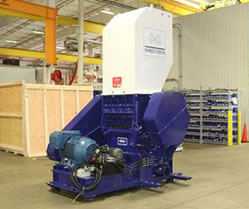 Granulators
Granulators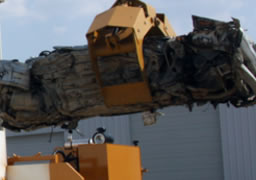 Grapplers
Grapplers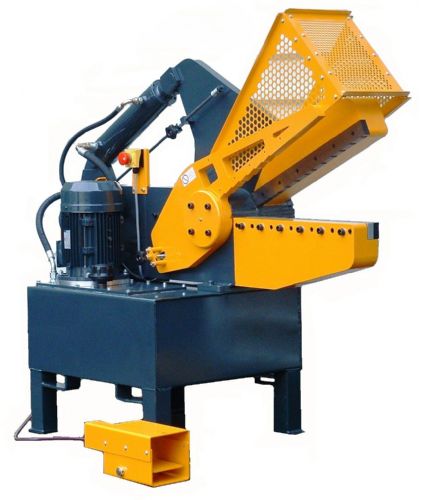 Metal Shears
Metal Shears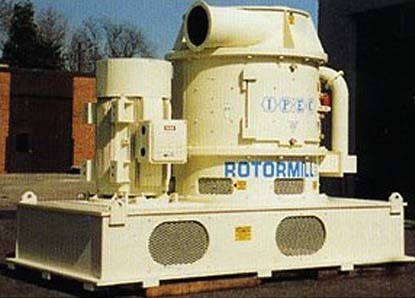 Pulverizers
Pulverizers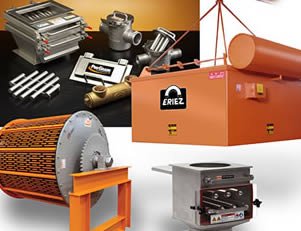 Separators
Separators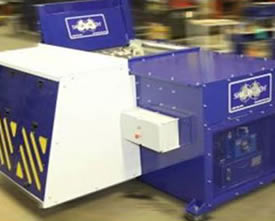 Shredders
Shredders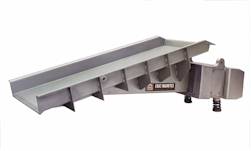 Vibratory Feeders
Vibratory Feeders Castings & Forgings
Castings & Forgings Bulk Material Handling
Bulk Material Handling Electrical & Electronic Components
Electrical & Electronic Components Flow Instrumentation
Flow Instrumentation Hardware
Hardware Material Handling Equipment
Material Handling Equipment Metal Cutting Services
Metal Cutting Services Metal Forming Services
Metal Forming Services Metal Suppliers
Metal Suppliers Motion Control Products
Motion Control Products Plant & Facility Equipment
Plant & Facility Equipment Plant & Facility Supplies
Plant & Facility Supplies Plastic Molding Processes
Plastic Molding Processes Pumps & Valves
Pumps & Valves Recycling Equipment
Recycling Equipment Rubber Products & Services
Rubber Products & Services